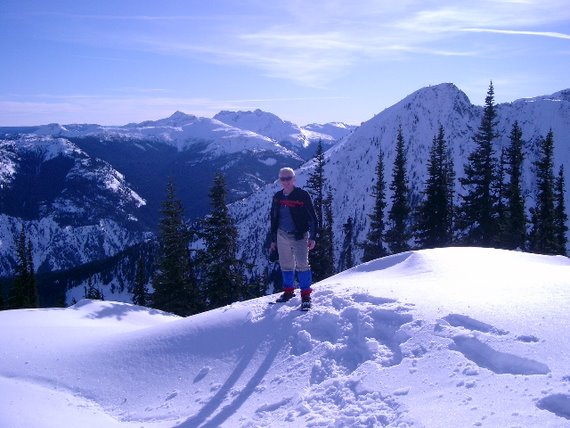Shijiazhuang
Buses leave the hotel at 8:00 a.m. for the long ride through the flat plains that extend to the southwest of Beijing. Shijiazhuang is close to the Wutai mountains which can be seen as the air is clear. We pass farms and fields and small villages the whole way. The countryside appears very fertile and enticing and we talk of wanting to be able to spend time walking among the farm villagers and into their life which we see from the bus. We stop once for a pee break at a truck stoop and feel the heat as we step out of the air conditioned busses. After three hours we see the outskirts of Shijiazhuang. It is a modern industrial city and is quite prosperous as we can see in the many new buildings. The architecture is modern and designed to appeal. Buildings appear limited to about twenty stories. We soon find our restaurant and dine on Hebei style cuisine. The restaurant staff are eager and soon our tables are overflowing with the excellent fare.
The name Shi is a family name and in the old time the Shi family lived and farmed on the fertile land of Hebei Province. The land is good and generous and the family grew so the name Shi was common, in fact, all the families were called Shi in that place. Eventually a village grew up (zhuang) so everyone in the village was named Shi – Shi Jia Zhuang
After lunch our group of 218 Canadian and 20 Chinese educators drove through the beautiful shrub and flower lined boulevards of Shijiazhuang to the Martyrs Memorial park. The park is dedicated to Canadian Dr. Norman Bethune, Indian Dr. and three hundred martyrs of the 8th Route Army. Norman Bethune volunteered to aid the 8th Route Army in the struggle against Japanese fascism and the invasion of China. We are in Shijiazhuang to honour his memory.
The ceremony was conducted in front of Bethune’s statue on the square. I gave a short short speech (text of speech added below), translated by TJ and read by . The choir sang three songs, concluding with the original tribute to Bethune that I used in the Bethune video at the beginning of the conference. The wreaths were then laid at the sarcofagus which is the original one as can be seen in the early war films of Bethune. Afterward we all visited the memorial hall which was well illustrated showing the lives of the two foreign heroes. Our group then returned to the buses under the sharp hot sun in the clear blue sky of Hebei Province. An ice treat vendor at the entrance to the park sold out all her delicious ice bars that afternoon. Lucky day for her.
The bus ride back to Beijing retraced our journey across the fertile plain, the great loess plain of the Yellow River. Again, we marveled at the rich agricultural fields and watched for the first signs of the city limits. Our bus drivers showed their expertise keeping the convoy of six busses together, weaving in and out of the heavy, slower moving trucks making their way to the great city. Only the fastest private cars passed us.
Our dinner was near the hotel, or at least, near the 3rd Ring Road where our hotel is situated. It was a restaurant decorated in the Imperial style. The food was a bit from the various local styles, Beijing, Hunan and elsewhere. Other tour busses used the same restaurant so it is definitely part of the emerging tourist oriented infrastructure of the city. So, we eat the tourist fare and it is quite good.
Monday, July 30, 2007
Subscribe to:
Post Comments (Atom)


No comments:
Post a Comment